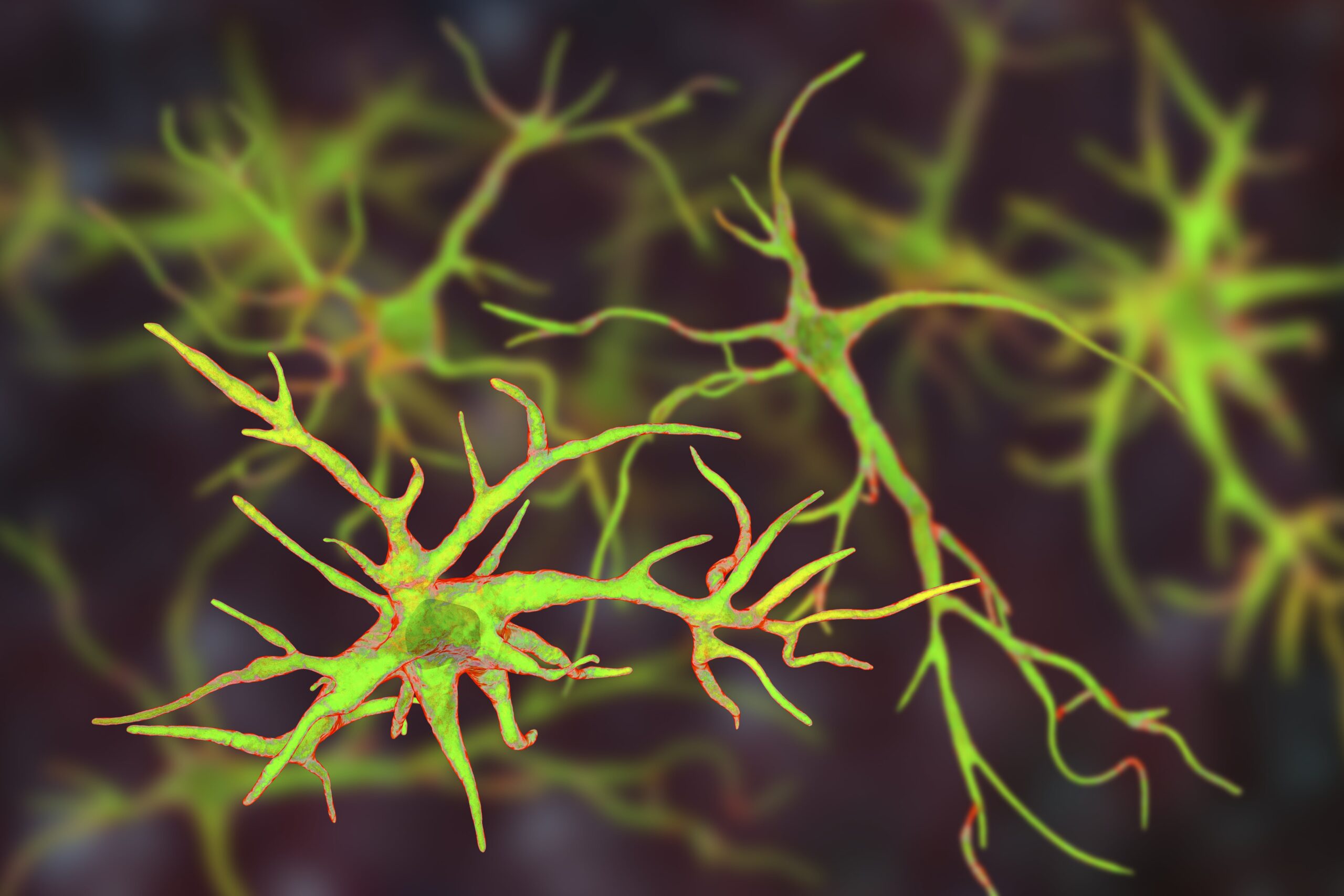A team of scientists at The University of Texas Health Science Center at San Antonio have discovered a trigger for brain inflammation that is associated with diseases like Alzheimer’s and progressive supranuclear palsy. Tau deposits, the team observed, can cause so-called “jumping genes” to form double-stranded RNA, which in turn triggers an inflammatory reaction, similar to what is observed in viral infections. The team of researchers were able to observe the formation of this double-stranded RNA both in human brain cells, as well as in transgenic mouse models of tauopathy. This discovery could open new avenues for further understanding into the role tau deposits, double-stranded RNA, and inflammation play in the progression of Alzheimer’s and other related diseases.
Brain Inflammation in Alzheimer’s Disease
Brain inflammation has been implicated as a potential contributor to the pathogenesis of both Alzheimer’s disease (AD) and progressive supranuclear palsy (PSP).
In AD, studies have shown that chronic inflammation in the brain contributes to the accumulation of amyloid-β plaques, which are a hallmark of the disease. This inflammation is thought to exacerbate neurodegeneration, leading to further cognitive decline.
In PSP, brain inflammation has also been implicated as a potential factor in the degeneration of specific brain regions, such as the basal ganglia. This degeneration leads to the hallmark symptoms of PSP, such as difficulty with eye movements, balance, and speech.
Inflammatory Trigger Found
New research from The University of Texas Health Science Center at San Antonio (UT Health San Antonio) is shedding light on the link between inflammation and neurodegenerative disorders such as AD and PSP. A recent study, with lead authors Elizabeth Ochoa, PhD, and mentor Bess Frost, PhD, both investigators with the Sam and Ann Barshop Institute for Longevity and Aging Studies, the Glenn Biggs Institute for Alzheimer’s and Neurodegenerative Diseases, and the Department of Cell Systems and Anatomy at UT Health San Antonio, aimed to determine the correlation between the presence of double-stranded RNA (dsRNA) and the degree of tau pathology in the brain in AD and other related conditions known as “tauopathies.”
In looking at postmortem brain tissue from humans with AD and PSP, Ochoa and Frost and their team discovered that an inflammatory trigger, similar to one seen during viral infections, was present in postmortem brain tissue of these patients, as well as in tau transgenic mouse models. In both instances, the researchers observed that tau induced “jumping genes” to form double-stranded RNA, which creates the relevant inflammatory trigger.
Confirmation with Transgenic Mouse Models
The study’s authors confirmed that there was also a significant accumulation of dsRNA in transgenic mouse models of tauopathy.
The team was able to confirm that dsRNA is elevated in the brains of tau transgenic mouse models, which overexpress a disease-associated form of human tau. The elevation of dsRNA was found to be significant in the frontal cortex of tau transgenic mouse models compared to controls at the age of six months. The study further found that dsRNA was significantly increased in astrocytes of transgenic mouse models, but not in microglia or neurons.
Implications for Future Research
The team’s findings suggest that the presence of pathogenic tau drives the elevation of dsRNA and dsRNA sensing machinery in transgenic mouse models in an age-dependent manner. This discovery may have implications for the understanding of the mechanisms behind neurodegeneration in tauopathies, and could lead to new therapeutic strategies for these conditions. The researchers are currently targeting jumping gene activation in a local phase II clinical trial for patients with Alzheimer’s disease, as they hope to understand the full repertoire of toxic molecules, including double-stranded RNAs, that these “jumping genes” can produce.
Scantox is a part of Scantox, a GLP/GCP-compliant contract research organization (CRO) delivering the highest grade of Discovery, Regulatory Toxicology and CMC/Analytical services since 1977. Scantox focuses on preclinical studies related to central nervous system (CNS) diseases, rare diseases, and mental disorders. With highly predictive disease models available on site and unparalleled preclinical experience, Scantox can handle most CNS drug development needs for biopharmaceutical companies of all sizes. For more information about Scantox, visit www.scantox.com.

